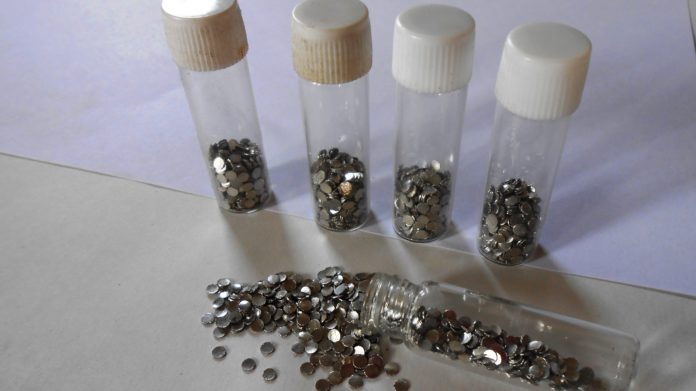
BARRY Davison, the former CEO of Amplats (Anglo American Platinum) announced in the Nineties a strategy to take production to 3.2 million oz/year. At the time, it was an enormously bold plan involving billions of rands in investment, but it proved too optimistic.
Demand didn’t roll out as he and his then team planned – especially in the application of platinum in fuel cells – and led to a period of over-production that resulted in a disastrous decline in the platinum price, assisted by the world economic and financial crisis of 2008. From about 2014, mines were shut, jobs were lost.
Fast forward to current Amplats CEO, Natascha Viljoen, who said in February at the group’s annual results presentation and strategy update that the company could increase production by up to 600,000 oz/year, mostly from the expansion of the Mogalakwena mine. Capital spending for part of this period could increase to as much as R22bn. If achieved to its fullest extent, Amplats production would run to about 3.6 million oz/year by 2030, easily exceeding the target identified by Davison.
Isn’t there, though, a risk of history repeating itself, of too much enthusiasm for a still unknown future? “Well, you’ll find that Barry Davison’s target was for 3.2 million oz of platinum ounces,” said Craig Miller, CFO of Amplats in an interview. The expansion Amplats is considering relates to the whole suite of platinum group metals (PGMs).
According to JP Morgan Cazenove analyst, Dominic O’Kane and his team, platinum will comprise 50% of Amplats’ production in 2021, but contribute only 21% to revenue, based on current prices. Rhodium, however, is 5% of production, but 48% of revenue, given its sky-high pricing currently, which most PGM producers believe is might be sustainable.
Sibanye-Stillwater said in its year-end presentation in February that a supply deficit in rhodium would increase each year from now until 2025.
Other previously lesser-known elements of the PGM basket are also on the rise. According to a Goldman Sachs note today, iridium has hit an all-time high of $6,000 per ounce, largely owing to “… supply tightness from South Africa and strong demand in the electrical and electrochemical sector”.
Iridium contributed 2% of Amplats’ revenue in 2020 at a price of $1,570/oz, but spot prices for the metal are now four times higher. “We see this price move as positive for Anglo [American],” said the bank, noting that PGMs account for 37% of its earnings before interest, tax, depreciation, and amortisation this year.
The demand side of the PGM market has matured beyond recognition in the last 20 years. This is largely owing to decarbonisation of the drive-train; industry jargon for increasing demand for electric vehicles which use batteries and fuel cells rich in PGM loadings. Last year, the automotive industry accounted for two-thirds of total PGM demand.
According to Viljoen, 2020 was “the breakthrough year” for the hydrogen economy as nine countries, including the European Union, announced hydrogen policies. Said Viljoen: “To put this into perspective, if just 50% of heavy-duty vehicles and 15% of light-duty vehicles were to shift to fuel cell power, this could translate into PGM demand of about six million oz, or 75% of global demand today”.
Iridium’s price rise also speaks to other segments of the industrial market lending an extra push to the overall basket PGM price.
“Iridium is a critical element in several niche products used for electronics and telecommunications systems (especially 5G applications),” said Goldman Sachs. “It is also used in PEM (polymer electrolyte membrane) electrolysers in the production of green hydrogen via electrolysis, the bank said.










